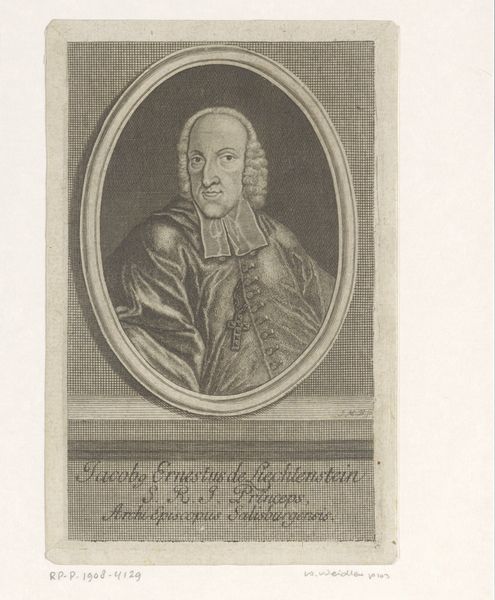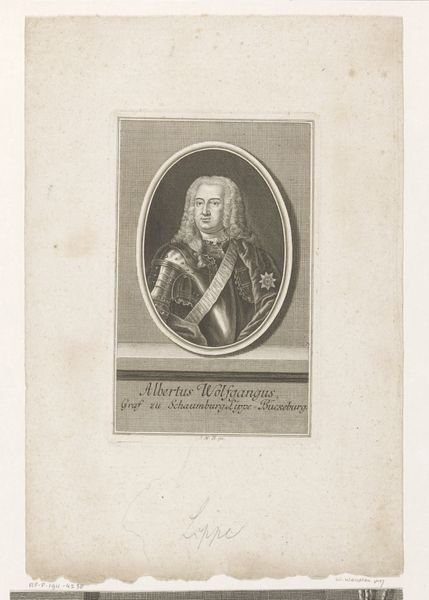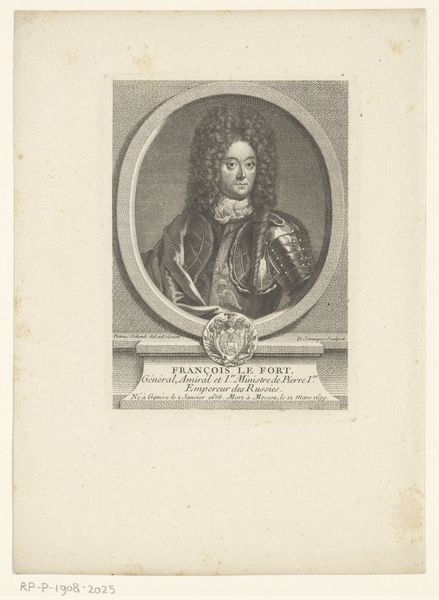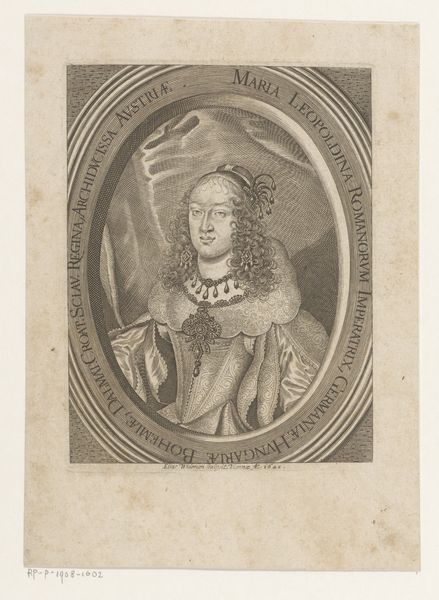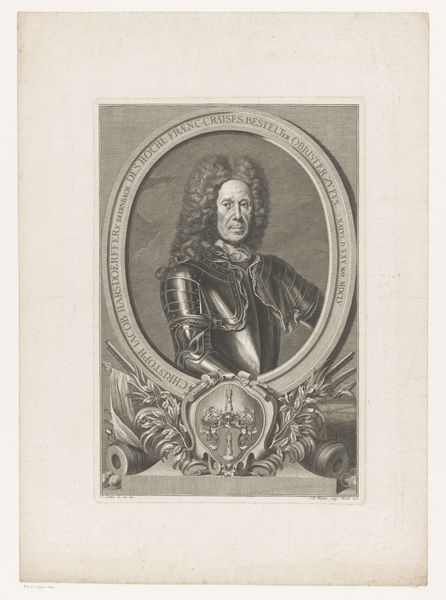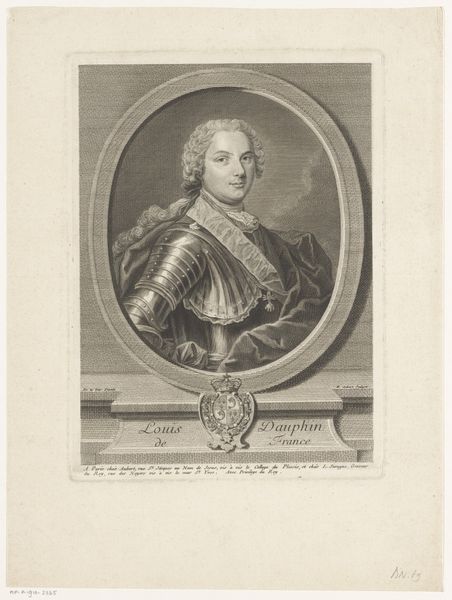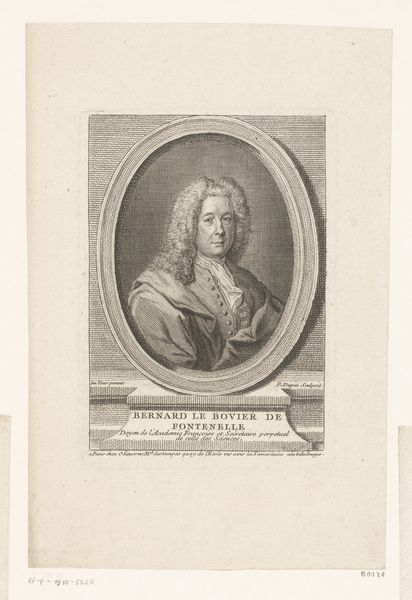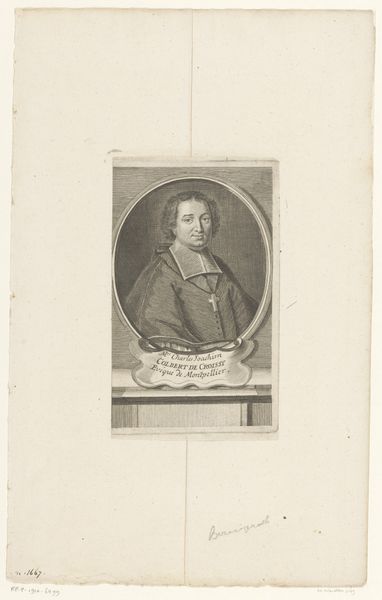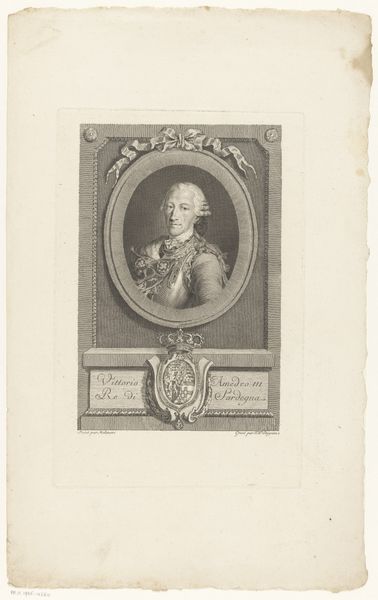
print, metal, engraving
#
portrait
#
aged paper
#
toned paper
#
baroque
# print
#
metal
#
charcoal drawing
#
engraving
Dimensions: height 143 mm, width 90 mm
Copyright: Rijks Museum: Open Domain
This print of Ludwig Andreas von Khevenhüller was made by Johann Martin Bernigeroth, likely in the mid-18th century, using the technique of engraving. Bernigeroth would have used a tool called a burin to incise lines directly into a copper plate. The crisp precision of this method allowed for detailed replication, which was ideal for disseminating portraits of important figures like Khevenhüller. The way that the printed lines articulate texture – think of the wig, or the armor – gives us insight into the material culture of the time. Khevenhüller’s status is communicated not only by his likeness, but by the skilled labor required to render it in print. Engraving was an artisanal process, requiring specialized skill and time. Prints like this one occupied an interesting place in the art world; they were more accessible than unique paintings, yet still valuable objects in their own right. Appreciating the labor involved challenges conventional distinctions between the fine and decorative arts.
Comments
No comments
Be the first to comment and join the conversation on the ultimate creative platform.

